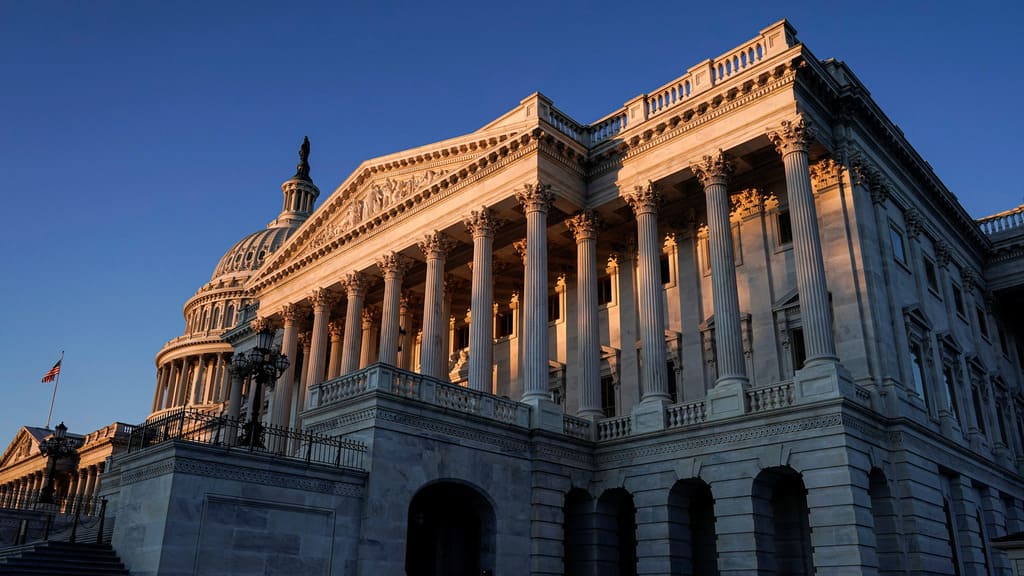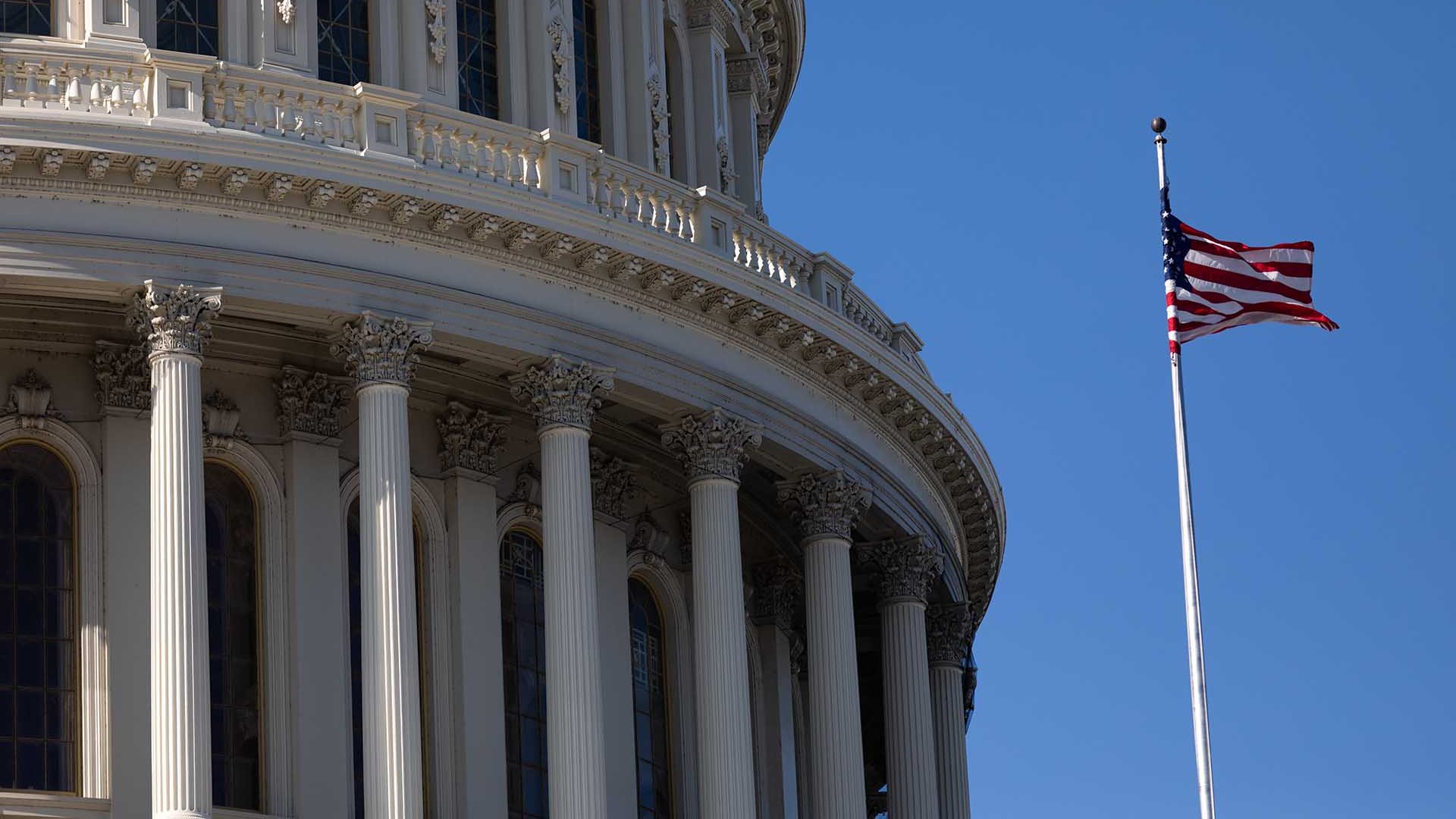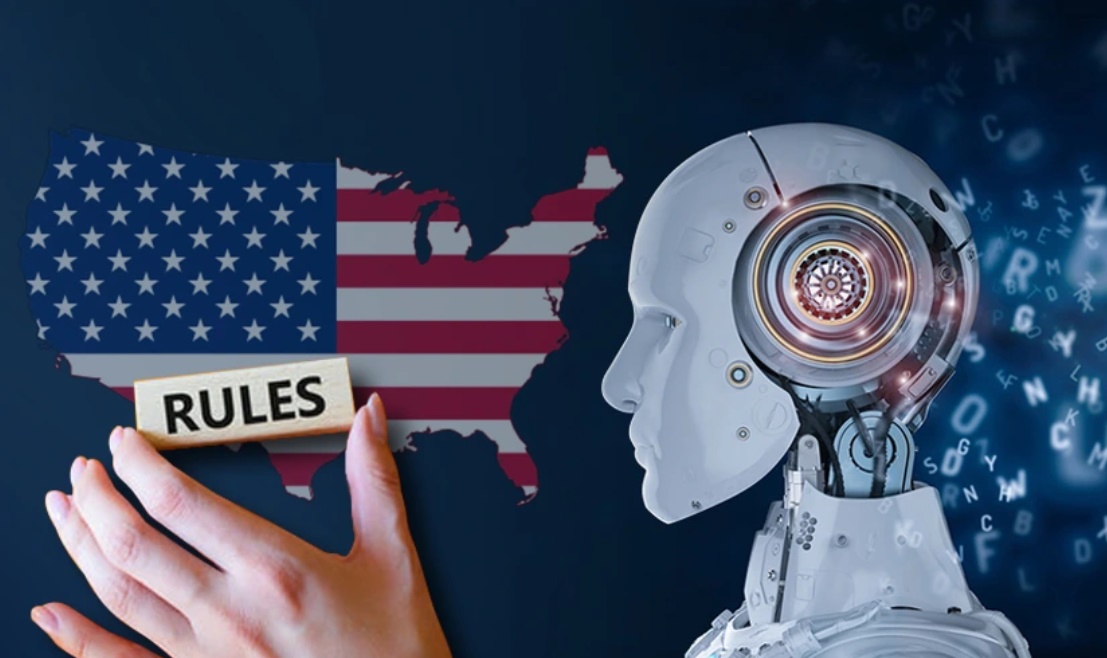🎓💵 Student Loans in 2025: How Young Americans Are Coping with Debt and Rebuilding Financial Stability
BynambiPublished 88 days ago
📊 Where We Stand: The Numbers in 2025
Total U.S. student debt exceeds $1.75 trillion.
The average monthly payment has risen to $460, up from pre-pandemic levels due to interest rate adjustments.
Federal loan interest rates have increased, following the broader rise in borrowing costs.
💼 The Impact on Young Adults
Many borrowers are feeling trapped:
Delayed homeownership: Over 55% of Millennials and Gen Z cite student loans as a reason for not buying a home.
Mental health toll: Anxiety around debt continues to rise, with 2 in 3 borrowers reporting stress over repayment.
Limited financial growth: Less money goes into retirement savings and emergency funds.
🛠️ What’s Being Done
1. Government Relief Efforts
Some forgiveness plans are in place for public service workers, but broader loan forgiveness remains politically stalled.
Income-Driven Repayment (IDR) plans have been revised for better affordability.
2. State-Based Aid
States like New York and California are launching targeted relief for low-income graduates.
Community colleges and vocational schools are receiving more funding to lower future student debt.
3. Employer Assistance
Over 35% of large employers now offer student loan repayment benefits — some match contributions like a 401(k).
Tech and healthcare sectors are leading in offering debt-relief packages.
💡 Smart Strategies for Borrowers
Even in a tough financial environment, there are ways to take control:
Reassess your repayment plan: IDR options can lower your monthly cost based on income.
Refinance with caution: Private refinancing can reduce rates but may remove federal protections.
Automate payments to avoid late fees and qualify for interest reductions.
Seek employer support: Don’t hesitate to ask if your workplace offers student loan benefits.
🔮 Looking Ahead: A Shift in Education Financing?
With mounting pressure, some experts predict a major overhaul in how higher education is financed in the U.S.
More tuition-free public college proposals are being debated.
Skills-based hiring is replacing degree-based hiring in some industries.
Alternative learning platforms like Coursera, edX, and Google Career Certificates are growing fast.




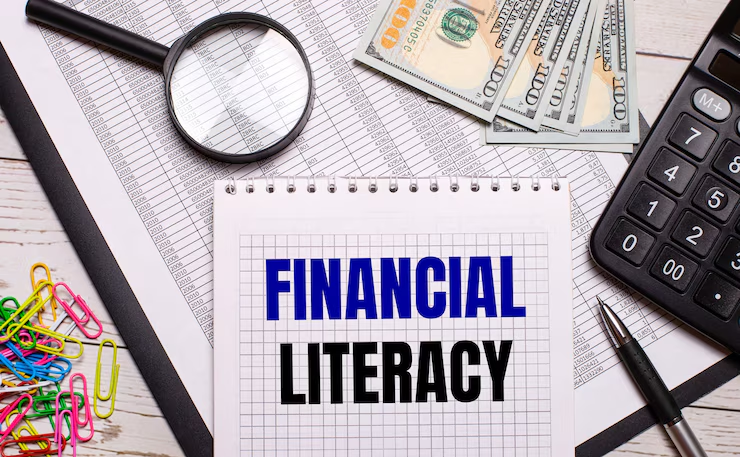
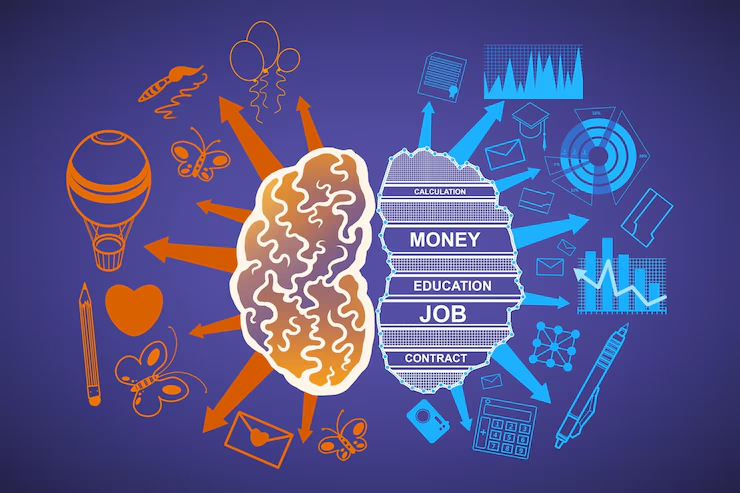

.avif)





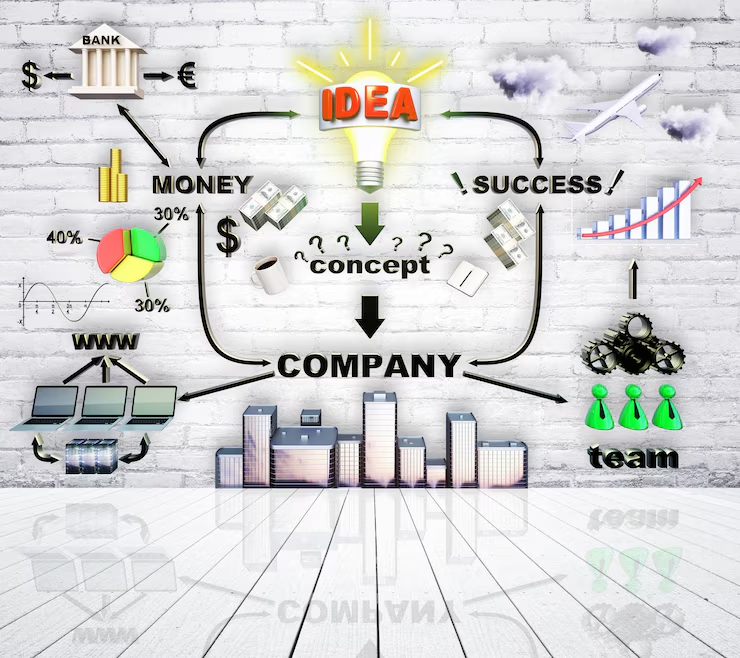

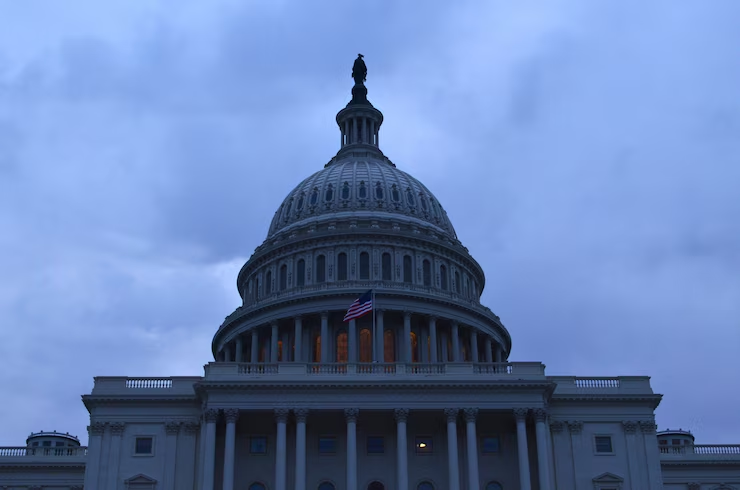





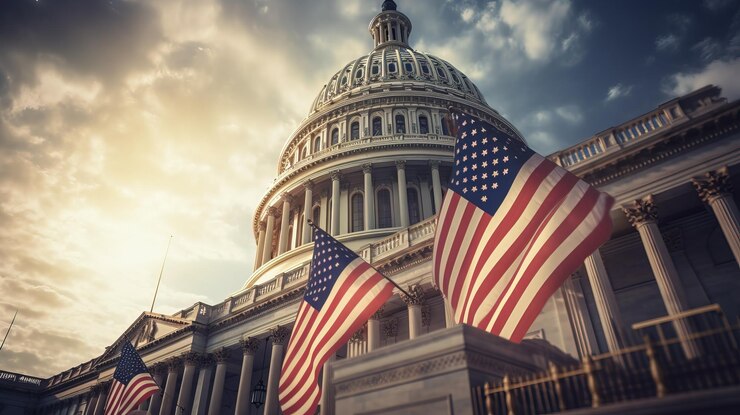

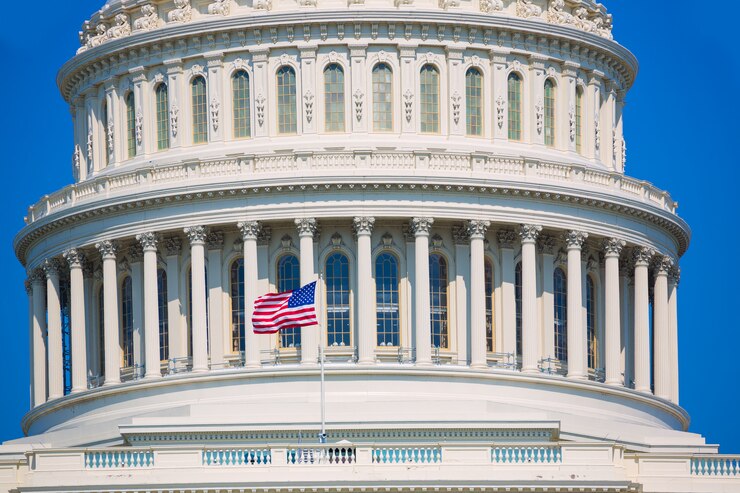

.jpg)





.png)























.jpg)



